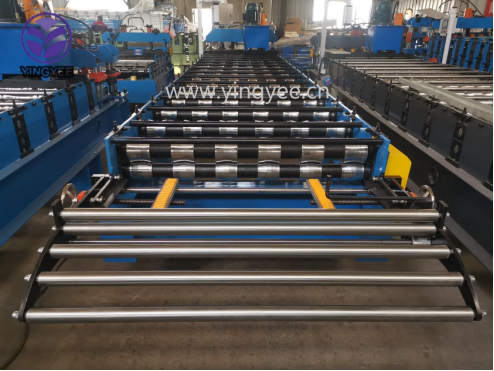
The Evolution and Importance of Tile Making Machines
Tile making machines have revolutionized the construction and design industry, streamlining the production of tiles used in various applications, from flooring to wall coverings. The demand for decorative and functional tiles has led to significant innovations in manufacturing technologies, resulting in a diverse range of machines that cater to both small-scale artisans and large industrial operations.
Historically, tile production was a labor-intensive process that required skilled artisans to mold and fire each tile by hand. This method, while yielding high-quality products, was not scalable. With the advent of industrialization, the need for mass production led to the development of tile making machines. These machines have drastically changed how tiles are produced, improving efficiency, reducing production time, and enhancing consistency in quality.
Today’s tile making machines come in various forms, each designed for specific aspects of tile production. The core types include extruders, hydraulic presses, and tile forming machines. Extruders force clay or other raw materials through a shaped die, creating a continuous tile shape that can be cut to length. Hydraulic presses compact the material into molds, ensuring a dense, uniform product. Meanwhile, tile forming machines often combine these techniques, allowing for more versatility in tile shapes and sizes.

One of the most significant advancements in tile making technology is the integration of automation and computer control. Modern machines are equipped with sophisticated software that monitors and controls every stage of the production process. This technology enables manufacturers to produce tiles with precise dimensions, intricate designs, and consistent quality, thereby reducing waste and enhancing productivity. Moreover, automation allows for continuous operation, which is critical for meeting the high demand in construction and renovation projects.
The environmental impact of tile production has also come under scrutiny, leading to innovations aimed at sustainability. Many manufacturers are now producing tile making machines that utilize eco-friendly practices. This includes recycling waste materials, reducing energy consumption, and using natural, sustainable raw materials. The industry is increasingly recognizing that sustainable practices not only benefit the environment but also appeal to a growing market of eco-conscious consumers.
Furthermore, tile making machines can produce a wide variety of tile styles, from traditional ceramics to modern porcelain and even eco-friendly alternatives. This versatility allows designers and architects to explore innovative ideas in their projects, contributing to the aesthetic diversity seen in today's architecture and interior design.
In conclusion, tile making machines play a crucial role in the tile production industry, combining technology and craftsmanship to meet the demands of modern construction. As we move forward, the continued evolution of these machines will likely foster greater innovation in design, enhance sustainability, and support the industry’s ability to adapt to changing consumer preferences. The future of tile making promises to be as exciting as it is dynamic, ensuring that tiles remain a fundamental element of both functional and artistic spaces.